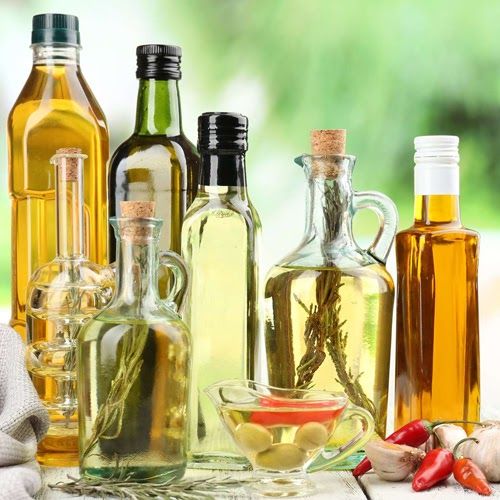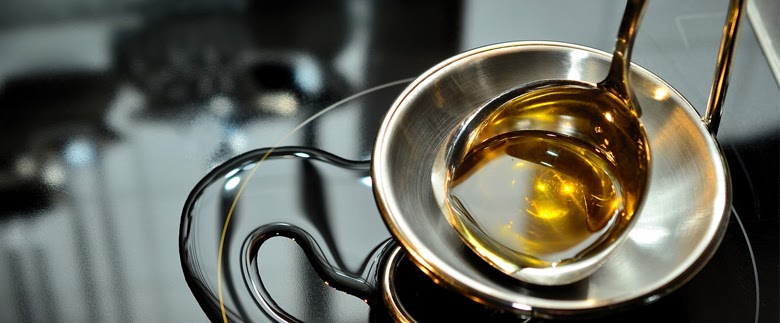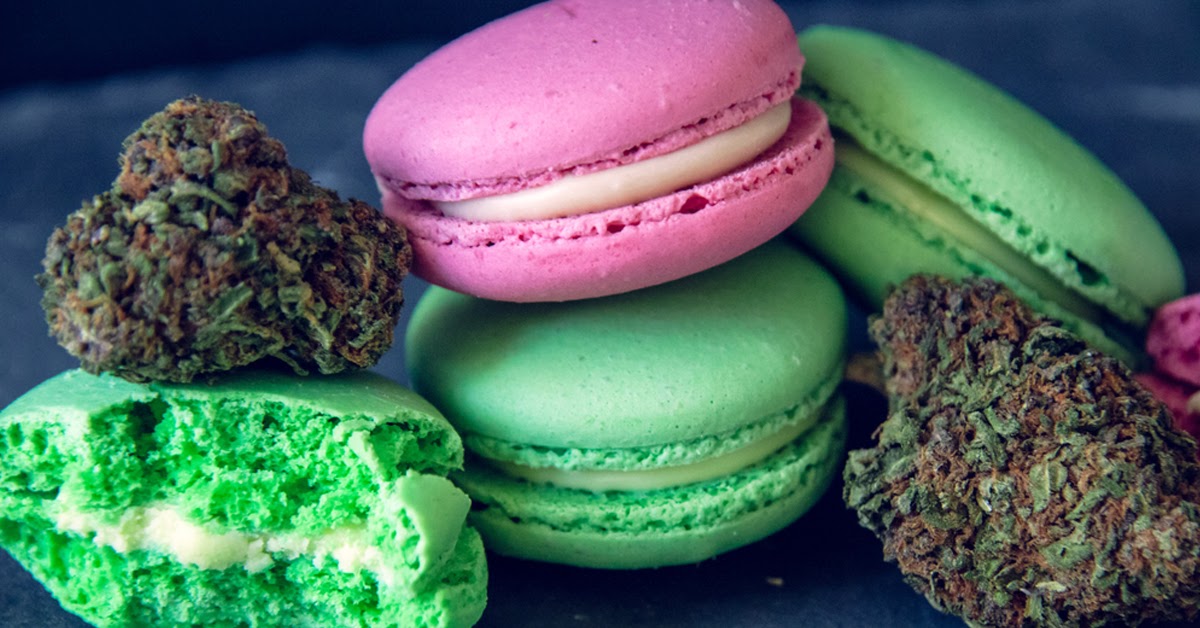Cannabis edibles have recently caught on with the publicity of the cannabis world, and there is no denying that they are winning at it. From canna-butter to canna-chocolates, the variety and experimenting are endless. People with uses find this even more exhilarating as they don't have to go through the vaping or smoking path, which may be irksome to some individuals.
Cannabis edibles are a little tricky to work with their dosage difference and the lack of clear instruction. But if we are on this topic, it is important to see the plethora of recipes coming from every corner and giving each individual to play around with their capacity and food habits. Whether you're Vegan or are looking for a morning pick-me-up canna breakfast, cannabis cooking oil is one of the best ways to go through it. You can add it in your baking recipes like brownies or cookies, or just use it to saute veggies or fry a snack. Either way, the wide spectrum of uses by canna-oil makes it a favourite and most sought-after cannabis recipe.
Let's look at the important factors to consider when making cannabis edibles.
Important Factors to Consider when Making Cannabis Cooking Oil

The thing with cannabis cooking is that a lot of opinions are based on the person's own capacity and dosage. While this does add a personal touch, your dosage might be different than the one stated. Moreover, many variations can affect the end results. Let's have a look at the important factors.
Temperature Control
Your cannabis needs a little bit of heat to decarboxylate and form the main cannabis compound, THC and CBD, into a form which is easily adaptable by the body. However, remember that scorching the cannabis will burn off the necessary terpenes and may even add a bad taste to your outcome. Terpenes are one such sensitive part of the plant which have many benefits for the body but can be easily lost if the temperature is not kept in check.
The ideal temperature is said to be below 300 degrees Fahrenheit unless you want to denature the important compounds.
Cannabis Strain
Each cannabis strain holds different properties and the amount of THC, CBD, terpenes, etc. This contributes to the factor that no two strains will give you the same potency and intoxicating effect. Your potency of the cannabis cooking oil will vary according to the amount and ratios of different cannabinoids and terpenes.
Moreover, each cannabis strain will have different decarboxylation time and temperature variation. Make sure you have a look at the recommended time and temperature beforehand.
Fresh or not?
Another important factor that changes the end product is the freshness of the strain used. Cannabis oil can be made with the fresh raw cannabis plant or dried and cured plant. Either way, you will enjoy the benefits of the many types of compounds, but the level may vary. Therefore, depending on how you like it, you can decide on the freshness of the product.
| Read More: Cannabis-Infused Butter Recipe- How to Make Cannabutter? |
Lecithin - What is it and Why do we add it in our recipe?
We recommend adding Lecithin in the canna-oil recipe, though it is optional and you can still make a great oil without it. But, for those considering to add it, here's some additional information.
Lecithin is essentially a far found in the cells of the body. The natural phospholipid substance can be derived from soybeans, egg yolks, avocado, sunflowers, etc. Used largely in commercial baking, Lecithin acts as an emulsifier and helps ingredients to blend with each more easily and remain mixed.
So, where does it find its use in cannabis recipes?
Lecithin is added as it makes the product stronger and also allows the cannabinoids to be absorbed better by the body. This effect is debated, but there is some proof to state the Lecithin makes the cannabis compound more bioavailable, meaning ready for use by the body.
Remember that in some cases, the mixture of lecithin and oil does not seem very desirable and should be avoided. It's not a make or breaks ingredient, and you would still have a fabulous result without it!
The right cooking oil for your canna-oil

We have many options when it comes to cooking oils and even more if you want to infuse cannabis with it. Coconut, olive, vegetable oil, avocado oil; the list is endless.
There is no right or wrong answer when it comes to having a preference when making canna-oil. It boils down to your liked flavour and how you want to consume the oil. Moreover, with different consistencies at room temperature, you will have to look at the storing method also.
If you're going to use the canna-oil with your baking recipes, you might want to choose a base oil that has the correct flavour for the particular deed. For versatility and mild flavour, you can choose vegetable oil as they work with almost everything. As for stir-frying vegetables and using it as a pie crust, coconut oil is the most preferred one.
For those who want more flavour, olive oil or avocado oil is the way to go. You can go creative and choose what you like. There are no limits when it comes to cannabis recipes.
| Read More: Cannabis Edibles Dosage mg Chart - Find the Right Dose |
Cannabis Cooking Oil Recipe
Ingredients:
- 1 cup cannabis flower (Lesser amount to decrease the potency)
- 1 cup oil
- 1 teaspoon of liquid Lecithin (optional)
It is recommended to use a 1:1 ratio of cannabis to oil with this recipe
Material Needed
- Baking Tray
- Baking Paper
- Double-boiler, slow cooker, or saucepan, etc.
- Cheesecloth/Strainer

Step 1:
Use your deft fingers to break apart the buds. you can also add parts of the plant for added flavour. Make sure you're not breaking them into very small pieces as we still want to preserve the trichomes.
Step 2:
Place your baking paper or parchment on the baking tray, and spread the broken raw cannabis over it.
Step 3:
With your oven heated to 240°F-248°F (115°C-120°C), place the cannabis-lined baking tray into it and allow it to be heated for 30-40 minutes. Make sure you stir/shake it every 10 minutes.
Step 4:
Once the designated time has passed, take the tray out of the oven to cool on the counter. You should notice a change in the colour of the cannabis (it should be light brown/yellowish slightly)
Step 5:
Grind the cannabis keeping in mind the consistency. Anything small enough to fit through the strainer will find itself in the end product, so make sure it is not too fine.
Step 6:
Mix the preferred oil and ground cannabis is any of the three stated equipment. When you're heating it, make sure the temperature is always below 245°F (118°C). This will ensure that there is no burning.
Additionally, you can also add a small amount of water to prevent burning.
Use any of the following methods:
- Crockpot method: Low heat, 4-6 hours, stirring occasionally.
- Double-boiler method: Low heat, 6-8 hours, stirring occasionally.
- Saucepan method: Low heat, 3 hours, stirring occasionally. Remember that the saucepan is most susceptible to burning.
Step 7:
Strain the oil with the help of the cheesecloth or strainer, making sure you're not squeezing the pulp as it will extract chlorophyll and make the taste a bit different.
Use the leftover pulp in any other recipe.
This brings us to the end of the cannabis cooking oil recipe. For any doubts or questions, feel free to drop in the comments section below.
Till then, keep toking with Olivastu!



![[UPDATED]Cannabis-Infused Butter Recipe: How To Make Cannabutter?](https://www.olivastu.com/media/magefan_blog/Olivastu_Blog_1200x628_20200421.png)

